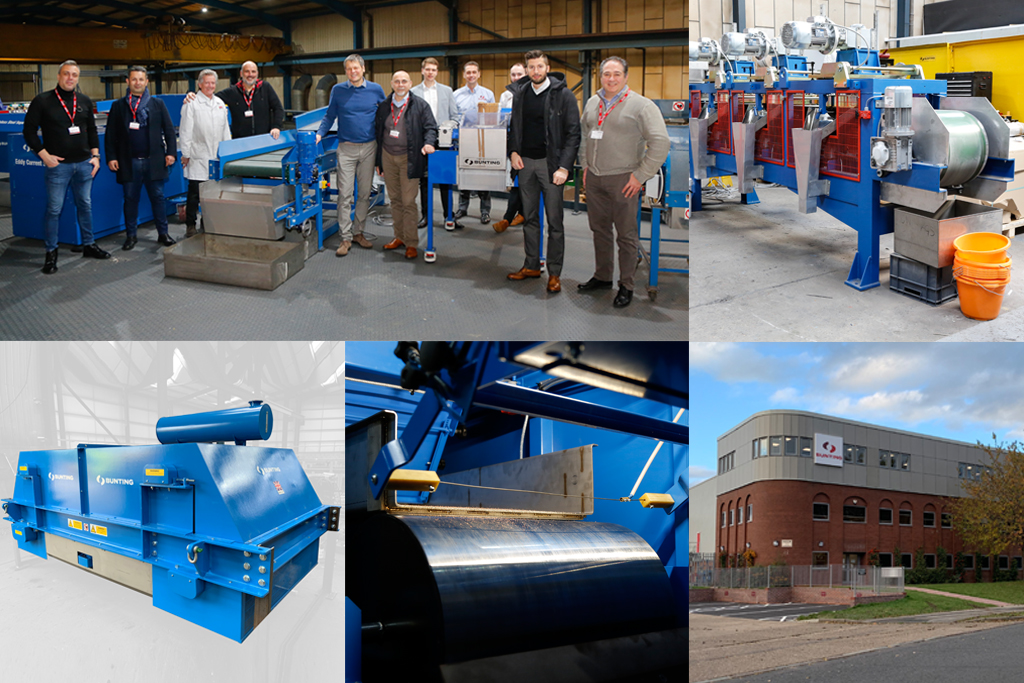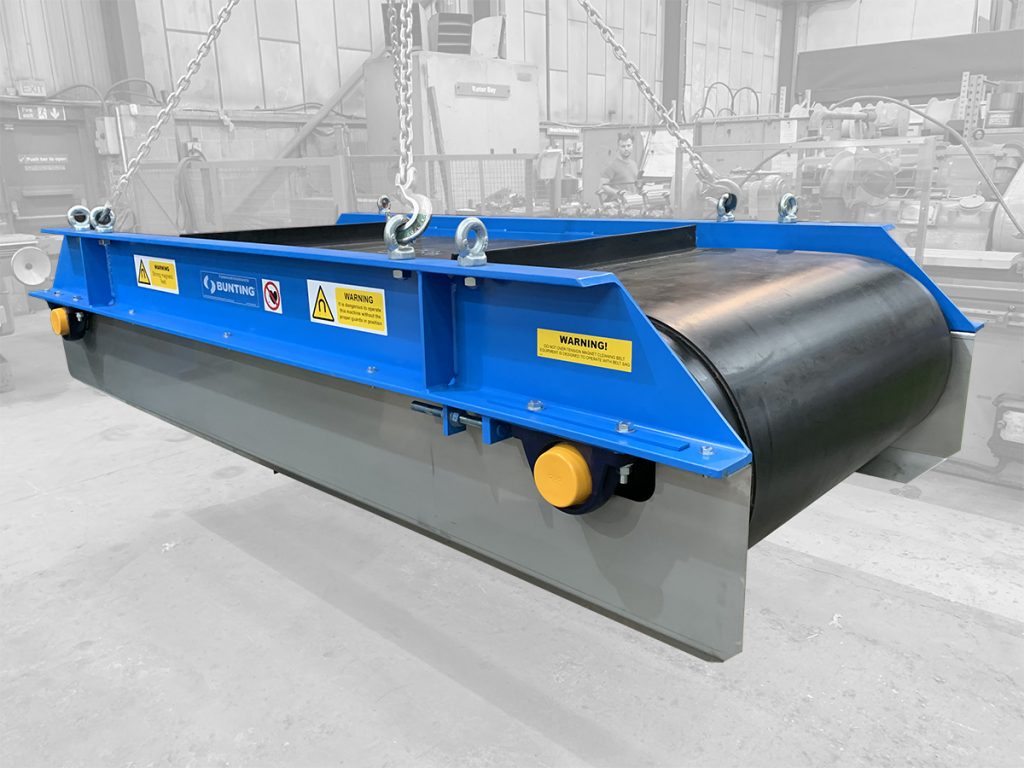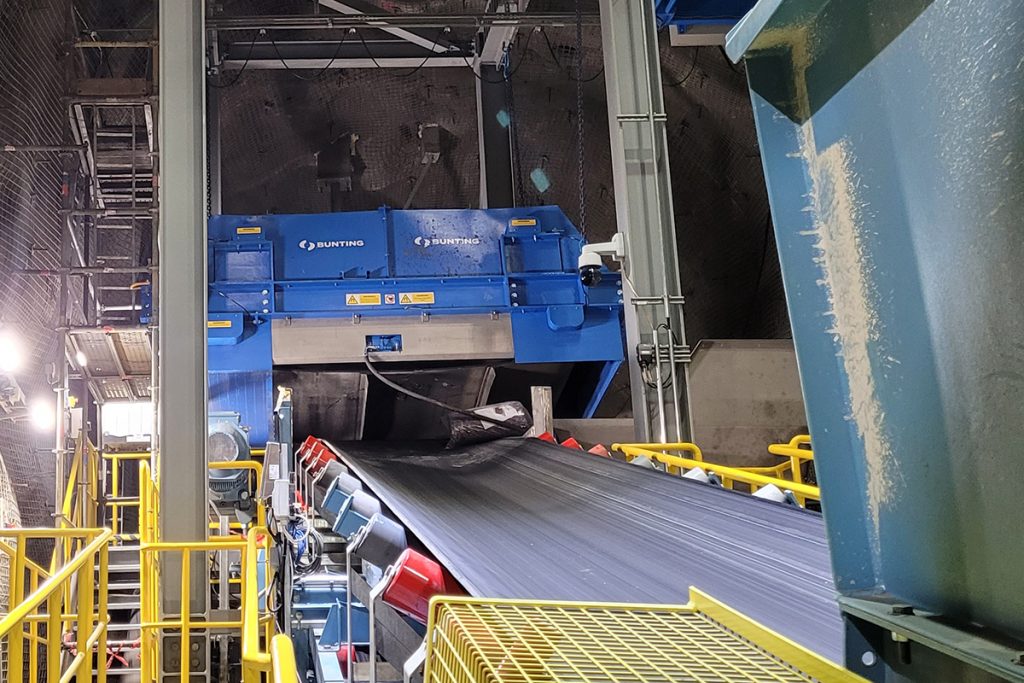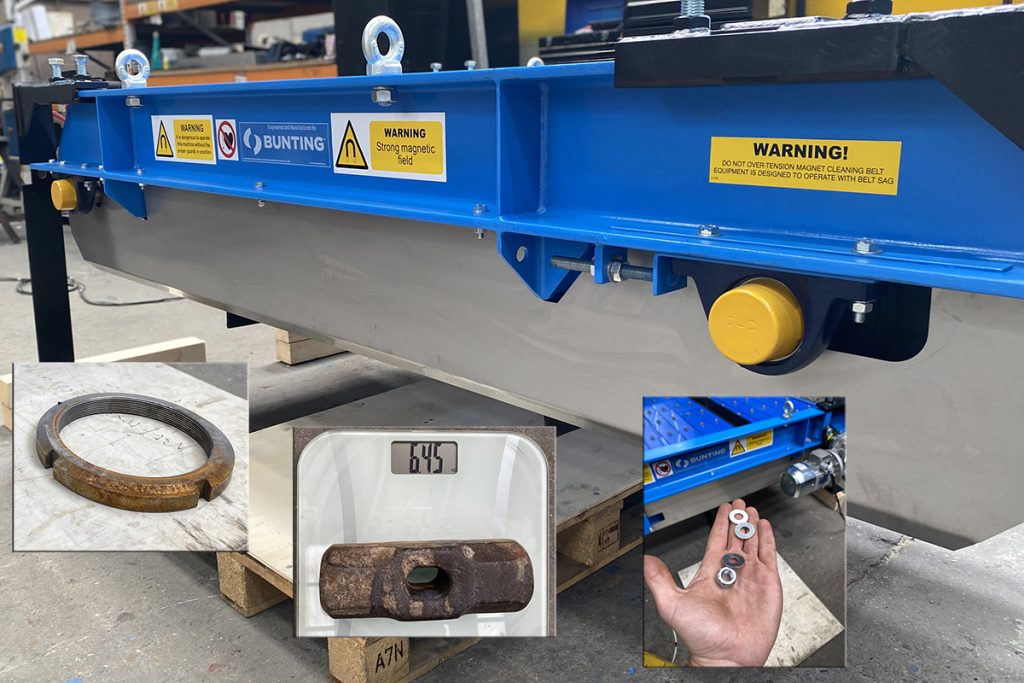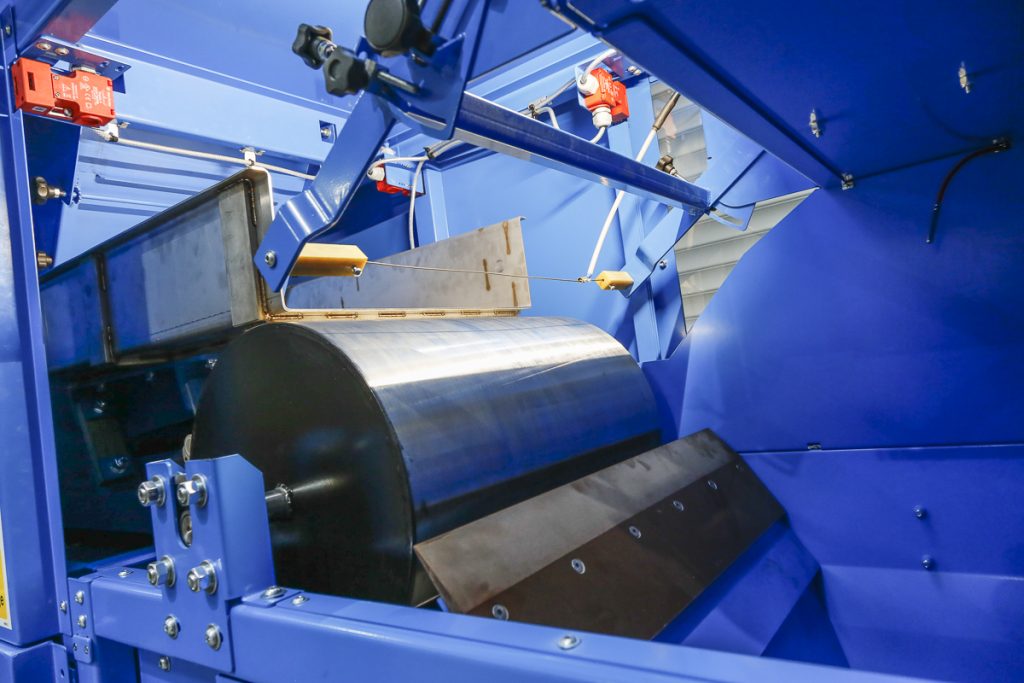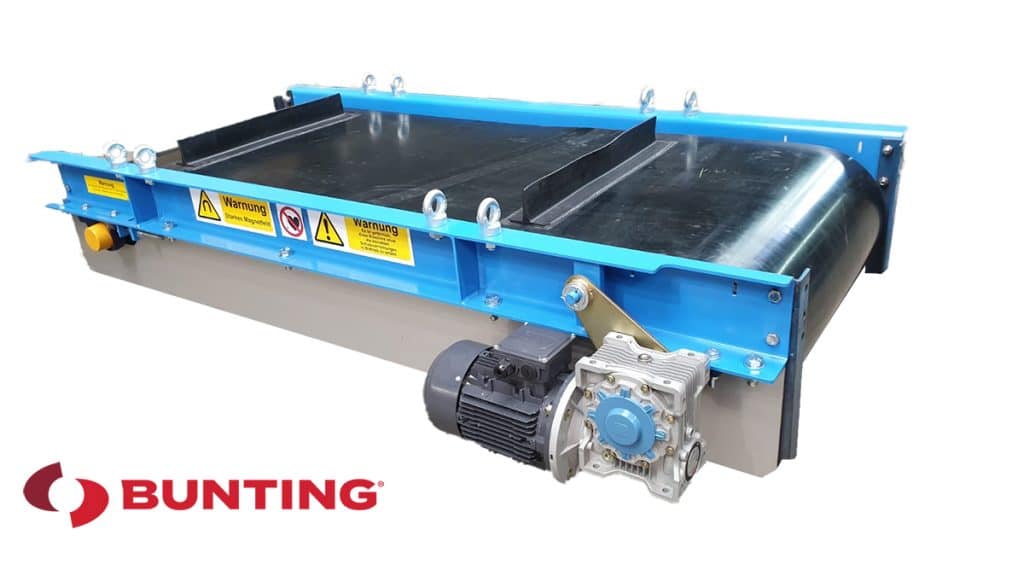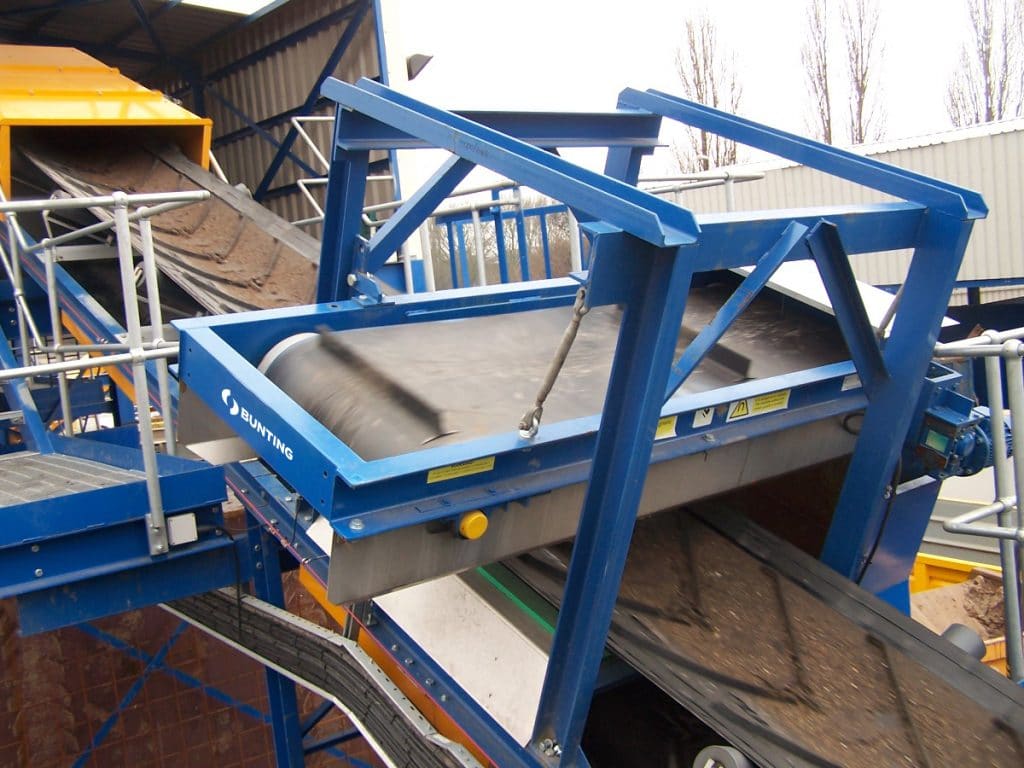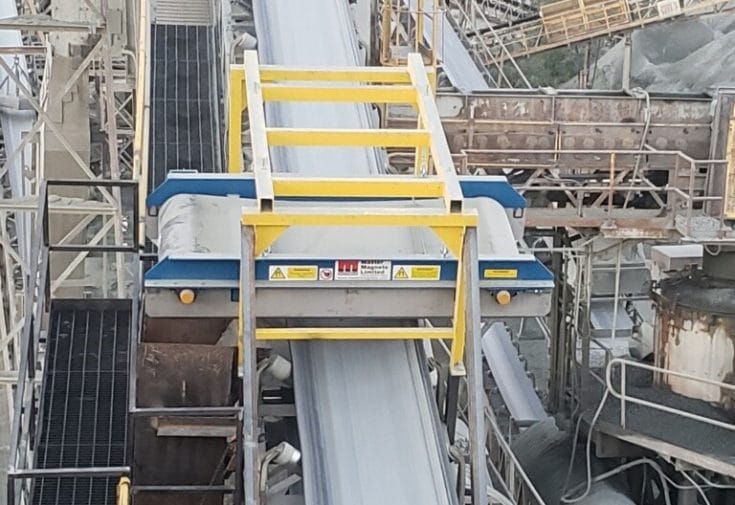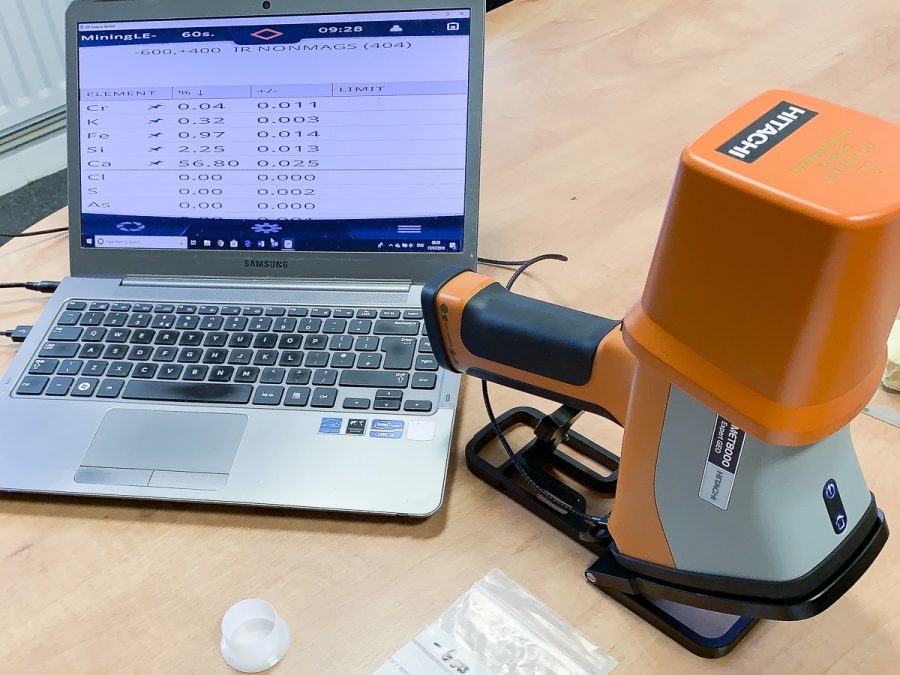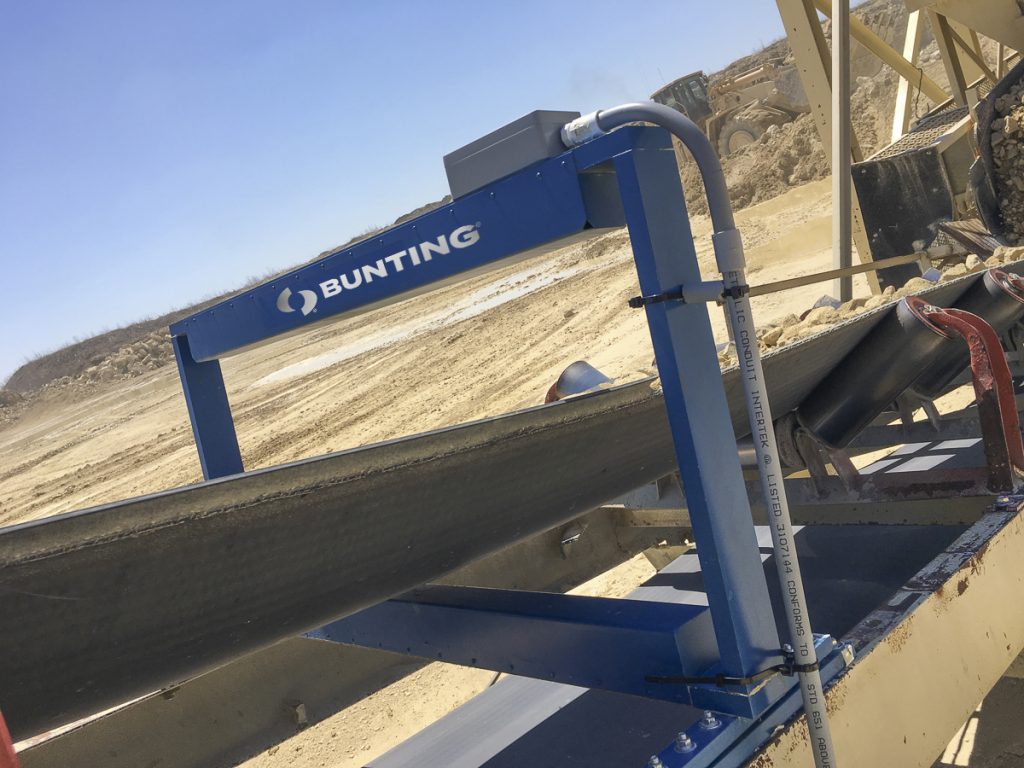Mining
Bunting-Redditch 2020 Review
To state that 2020 has been challenging would be an understatement. The global Covid-19 pandemic has changed the way people live their lives, and businesses have had to adapt. Despite the difficulties, there has been plenty of positive news coming out of Bunting-Redditch. Throughout 2020, building work has continued on a major plant and office…
Read MoreStronger ElectroMax-Plus Overband Magnet
The design objective of creating a more compact and powerful electromagnetic Overband Magnet led the Bunting engineering team to develop the ElectroMax-Plus. Electro Overband Magnets Electromagnetic Overband Magnets use an oil-cooled or air-cooled wire coil to generate a deep and strong magnetic field. The electromagnetic force radiates from a coil wound around a steel core…
Read More13-tonne Electro Overband Magnet Protects Gold Mine
13-tonne Electro Overband Magnet Protects Gold Mine
Read MoreDemonstrating the ElectroMax Overband Magnet’s Power
The ElectroMax Overband Magnet has proved extremely popular since the launch in May 2019. Shipments average at over one ElectroMax per month with an increasing number of mobile plant, mining and recycling companies turning to the air-cooled ElectroMax Electro-Overband Magnet as a high-performance, lightweight option to the traditional Permanent Overband Magnet. Technical information: Overband Magnets…
Read MoreElectroStatic Separation of Minerals
Article written by Neil Rowson, Professor of Minerals Engineering in the School of Chemical Engineering at the University of Birmingham Electrostatic phenomenon dates back to 600 – 700 B.C. when people noticed static electric effects (attraction of hair) when amber was rubbed with fur. Indeed, the word ‘electrostatic’ comes from the ancient Greek word ‘electron’…
Read MoreTwo New Overband Magnet Models
Bunting has added two new models to their popular and highly successful range of Permanent Overband Magnets. The two new designs – the PCB-C (Compact) and QBC (Quick Belt Change) – meet specific requirements of reduced maintenance time and lighter weights. These models expand the Overband range, which also includes the classic PCB model. The…
Read More3 Overband Magnet Installation Problems
The Permanent Overband Magnet is one of the most commonly used magnetic separators. Overband Magnets are found in most recycling plants recovering steel cans and other ferrous metals from a wide range of waste materials as well as in quarries (protecting crushers & screens) and on mobile plant (screens and crushers). However, incorrect installation leads…
Read MoreJunction City Mining Installs Overband Magnet in US Quarry
One of the largest quarries in the US state of Georgia is protecting their processing plant against damage from tramp ferrous metal by installing a Bunting PCB1206-EL Permanent Crossbelt Separator. Junction City Mining helps build bridges in the US southeast by supplying high-quality aggregate materials for construction. The company required a massive structure to handle the…
Read MoreNew XRF Enhances Mineral Testing Capabilities
The purchase of a new X-ray fluorescence (XRF) analyser enhances the mineral testing capabilities of the Bunting test laboratory based at the manufacturing facility in Redditch, UK. Hitachi High-Tech Analytical Science, based in Abingdon, UK, supplied the X-MET8000 Expert XRF analyser and provided comprehensive training for the technical staff at Bunting. The Science of X-Ray…
Read MoreAmerican Quarries Install TN77 Metal Detectors
TN77 Metal Detectors are proving popular with quarry operators in the USA. The industrial Metal Detectors identify tramp metal in conveyed aggregate and prevent damage to screens and crushers. The TN77 metal detector is a tunnel-type Metal Detector used widely in the quarrying, mining and recycling industries where the conveyed material is non-metallic or non-conductive. …
Read More